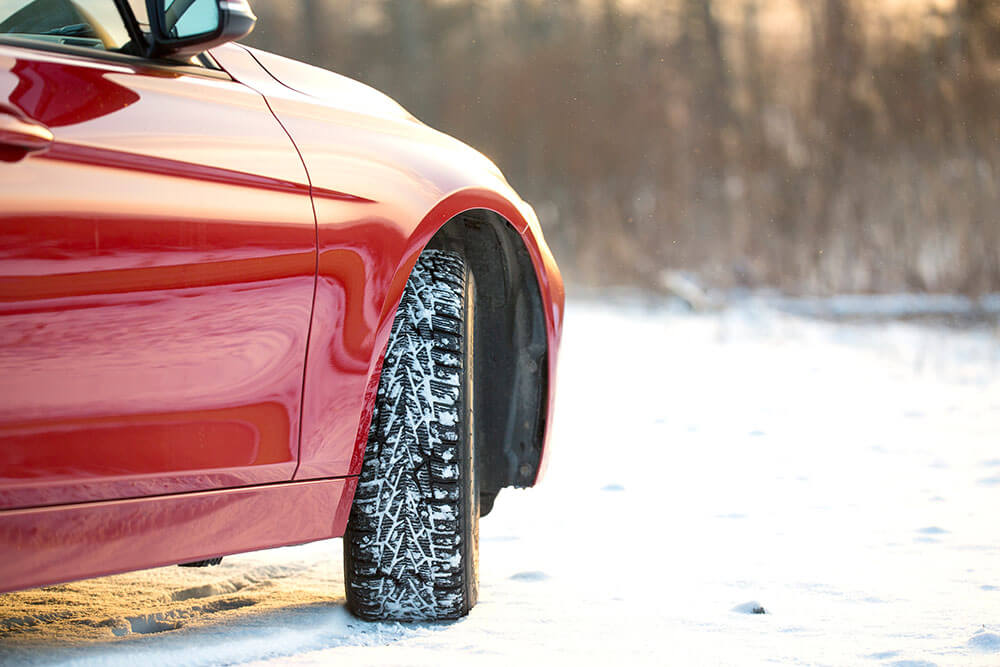TIRE TIPS

VEHICLE BRAKING IS ABOUT THE TIRES
The braking system is responsible for converting the kinetic energy of an automotive to heat energy which slows them down. However, tires determine how fast this occurs. Before a stoppage occurs, you must press on the braking pedals, which apply pressure, transmitting the brake fluid through pistons to both front and rear wheels. The stopping distance following the application depends on a car’s tires. The better their condition, the shorter the braking distance.
While a car’s braking system’s key purpose is to slow the vehicle; other systems and components contribute, including the suspension, load distribution, car tires, tire pressure, and engine location. Although tires and brake assemblies must work and be in excellent repair – tires, brake pads, and brake rotors are inevitable. They are part of a larger system that assists an automobile to a safe and controlled stop.
The Role of Tire in Braking
Try this: run down the street in a new pair of shoes and stop as quickly as possible. Do it again with a pair of shoes that are very worn out. Notice the change? Perform the same tests on a slippery sidewalk. Even more of a difference?
The same thing is true for tires. The more grip a set of tires has, the more stopping power it can send to the road surface through the tires. If your tire tread doesn’t have a firm hold, all that additional braking force is squandered because the tires will want to lock up.
The best way to stop as quickly as possible is to keep the tires at the edge of locking up while they are still turning. Once the wheels are locked, they will just skid. Anti-lock braking systems, or ABS, help with this.
How Do Brakes Work with a Braking System?
When the brake pedal is pressed, hydraulic fluid is under pressure from the master cylinder, compressing the clutch on the brake pad against the surface of the disc brakes as it turns. Because of this contact, friction is made, which slows down or stops the vehicle. The braking Power generated is transmitted to both rear and front wheels. Subsequently, it reaches the brake caliper, haltering motion.
An anti-lock braking system uses wheel sensors to detect tire lock-ups. When a tire locks up, ABS pulsations occur several times per second to release it. By understanding how ABS works, we can see that maximal braking efficiency occurs just before a tire locks up. ABS increases an automobile’s braking distance compared to skillful threshold braking since the tires lock up and roll until the car stops.
Importance of New Tires
Your car can stop better when it has new tires. When you push the brake pedal, you anticipate your car to stop. However, your stopping distance increases as the tread on your tires wear down. When you get new tires, your ability to stop quickly and safely goes up immediately, regardless of the road conditions. In addition, with new tires, it is easier to use emergency braking. Therefore, you can maneuver emergencies to avoid accidents.
In summary, tires are one of the most important components of brakes. Good tires ensure modest friction coefficients for both SUVs and passenger cars. If you must avoid hard braking and cornering, invest in good tires. Contact us today at TreadNation to get guidance on buying the best tires.

